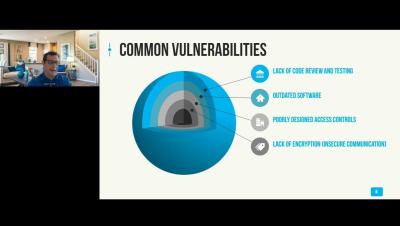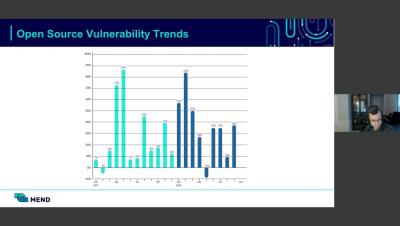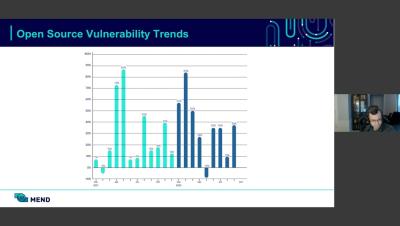Container Images - Code Source
Mend for GitHub.com Code Source provides a streamlined and highly effective approach to tracing vulnerabilities back to their source code in repositories. Mend’s proprietary labeling achieves this by adding the source repository URL and the Dockerfile path to your Dockerfile using OCI annotations, saving you time in researching risks detected on your built container images.











